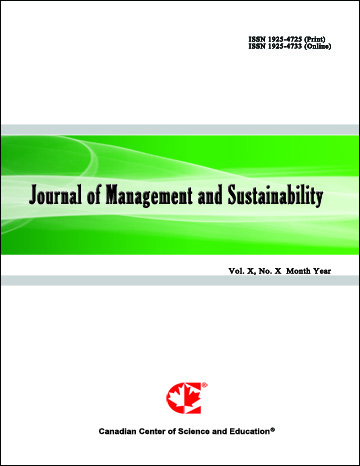Women Fertility Decision using the Count Model in Malaysia
- Rohana Kamaruddin
Abstract
Fertility depends on household decisions in Malaysia; and, in turn, these decisions are strongly influenced by economic and socio-economic factors. Currently, fertility levels around the world vary according to the intergenerational relationships, the socio-economics statuses, and the socio-demographic characteristics of a particular nation. In general, more industrialized and economically developed societies have lower fertility than less-developed societies do. Groups that are more educated and earn higher incomes have lower fertility than less-educated groups with lower incomes do. The purpose of this paper is to dicuss the development of the empirical model to identify the principal determinants of fertility in Malaysia. The results stemmed from the use of panel data that is obtained from the Minnesota Population Centre, the Integrated Public Use Microdata Series, and international data provided by the Department of Statistics, Malaysia. In the empirical analysis, count models are employed. The findings show that marital status, owning a house, and households having women of child-bearing age all affect fertility decisions. In addition, social characteristics, such as ethnicity, religion, socio-economic status, and education level, affect household’s fertility decision.
- Full Text:
 PDF
PDF
- DOI:10.5539/jms.v7n3p133
Journal Metrics
Google-based Impact Factor (2021): 1.54
h-index (July 2022): 37
i10-index (July 2022): 147
h5-index (2017-2021): 12
h5-median (2017-2021): 19
Index
- Academic Journals Database
- ANVUR (Italian National Agency for the Evaluation of Universities and Research Institutes)
- CAB Abstracts
- CNKI Scholar
- EconBiz
- Excellence in Research for Australia (ERA)
- GETIT@YALE (Yale University Library)
- Harvard Library
- HeinOnline
- Infotrieve
- JournalTOCs
- LOCKSS
- MIAR
- PKP Open Archives Harvester
- RePEc
- Scilit
- SHERPA/RoMEO
- Stanford Libraries
- UCR Library
Contact
- Evelyn XiaoEditorial Assistant
- jms@ccsenet.org
